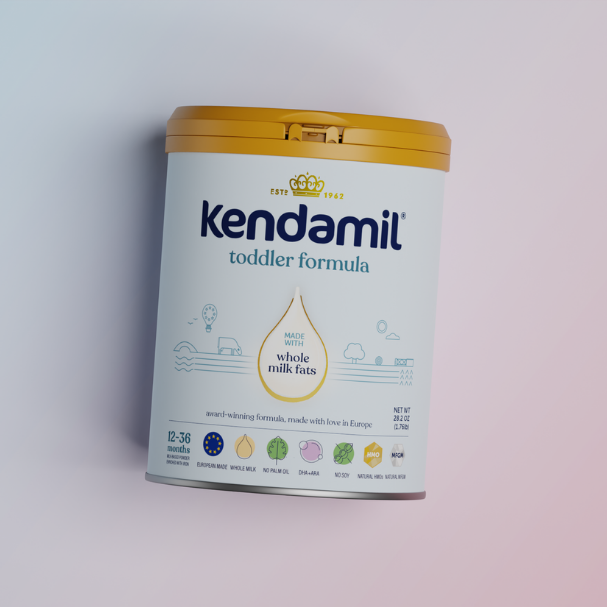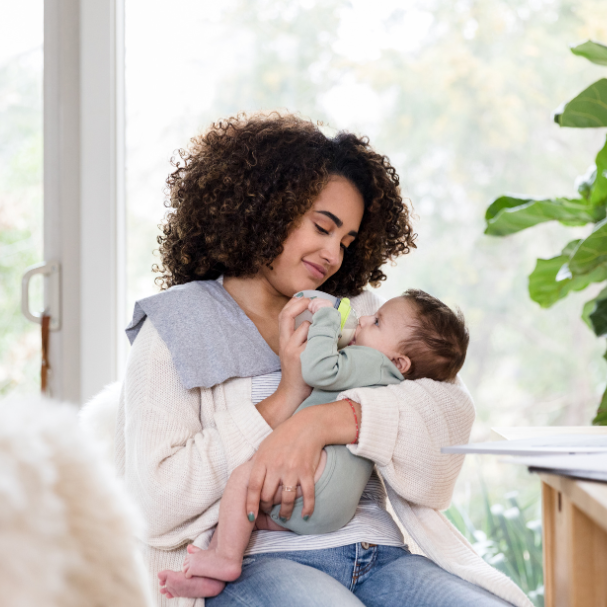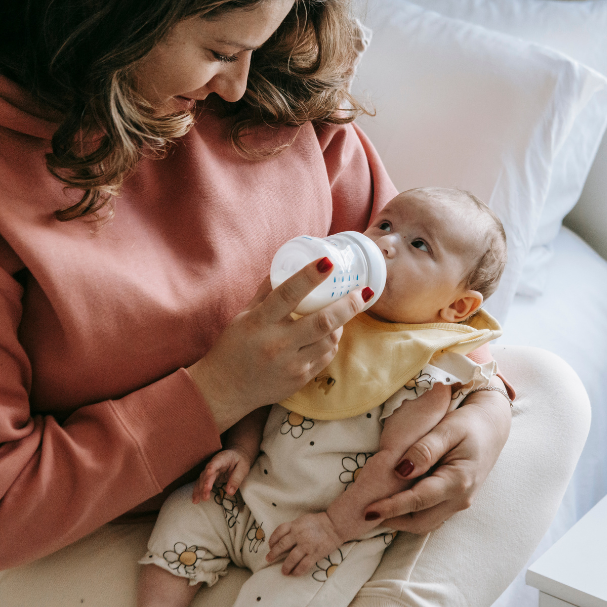Packing a hospital bag for labor can be a daunting task, especially for first-time parents. But with a little bit of planning and organization, you can ensure that you have everything you need for a comfortable and stress-free labor and delivery experience. We’re sharing the essentials you can pack to help make your hospital visit as comfortable as possible.
What should I pack in my hospital bag for labor?
When it comes to packing your hospital bag for labor, there are a few key items that you should bring to ensure that you are comfortable and have everything you need during your stay. Our list would include:
- Your maternity record - this will help the team have everything on hand for your care
- Any medications that you are currently taking
- Your birth plan, or list of birth preferences
- Comfortable clothes to wear during labor, such as a nightgown or t-shirt
- More comfortable clothes to wear after labor such as loose-fitting top and sweatpants - soft waistbands are a must
- Slippers or comfortable shoes
- Your favorite toiletries (not forgetting toothpaste and toothbrush)
- Lip Balm
- A hairbrush and hair ties
- A book, magazine or podcast for quiet moments
- Snacks and non-fizzy drinks
- Water bottle (ideally with straw)
- Headphones or a speaker to listen to music
- Glasses or contact lenses if you wear them
- Extra-long charger cable - no reaching out of bed for that phone!
- Lots of maternity pads and underwear
- Breast pads and nursing bra
- Any items you have used to prepare for birthing such as playlists, affirmations cards, essential oils
- A form of ID for yourself and your partner, your insurance information, hospital forms
Aim to pack your hospital bag around 36 weeks (you never know if baby will arrive earlier than expected) to make sure you are feeling prepared and ready to go. Take some time to talk to your birthing partner through what you have packed and where it all is, so they can get you what you need when you’re focussing on your labour.
Do I need to pack anything different for a planned c-section?
You will need to have all of the things listed above as well as high-waisted underwear and soft, loose-fitting sweatpants so make sure nothing irritates your cesarean wound. You may also want to make sure you have backless shoes on hand to avoid having to bend down which may be uncomfortable at first.
What should I bring for my birthing partner to the hospital during labor?
Don’t forget that your birthing partner may also spend a number of hours with you, so they may also want to have some comfy clothes, toiletries, snacks and chargers on hand too, so they don't need to dip into your supplies!
What should I pack for my baby in the hospital bag?
While the hospital will help with many of the essentials for your newborn baby like the cot and blankets, there are a few items that you may want to bring from home.
- Muslins or swaddles
- Diapers
- Baby wipes
- Onesies and pajamas around 3 changes is a good base and you might want to have a few size options
- Scratch baby mittens
- Hat (even summer babies may need a light hat)
- Blanket
- Going home outfit
- Bag for dirty clothes
- Car seat
- Any breast-feeding supplies such as cream and breast pads, or any formula supplies you may wish to have such as Kendamil Classic Infant Formula
Helpful Resources
The American College of Obstetricians and Gynecologists provide a whole host of information on preparing for labour as well as what to expect during labour and delivery.
We would also recommend that you check with your specific hospital or ob-gyn for any extra items they recommend or need you to bring, as some hospitals may have different guidelines.














